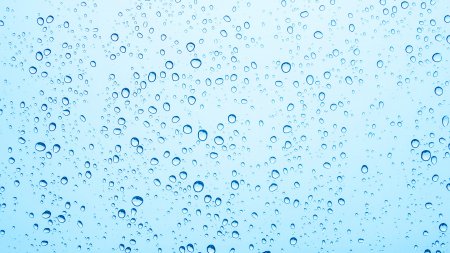Understand my skin
Why do I have dehydrated skin?
Any skin type, whether it’s dry, oily, or combination, can have problems with dehydration. The effects may be more or less visible, but this water deficiency causes skin on your face and some or all of your body to feel uncomfortable, especially after bathing or showering. Although symptoms are very similar, dehydrated skin should not be confused with dry skin. These are two different skin problems.















